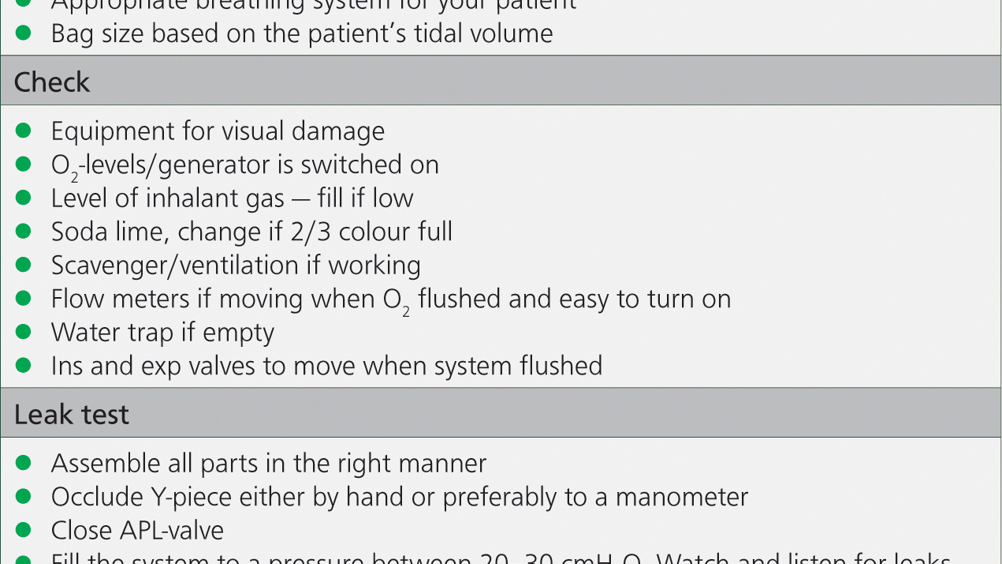References
Anaesthetic management of a patient undergoing unilateral phacoemulsification with concurrent diabetes mellitus

Abstract
This report discusses the anaesthetic approach of a canine undergoing a phacoemulsification surgery with concurrent diabetes mellitus. It is the anaesthetic nurse's role and responsibility to deliver updated and high quality nursing care, therefore it is vital to know basic physiology of the patient and pharmacodynamics of anaesthetic drugs as it affects the outcome of the procedure and the recovery. This article looks at the important anaesthetic aspects of both the speciality procedure and the disease in the pre, peri and post anaesthetic period.
The patient was referred to the hospital for bilateral cataracts 6 months after being diagnosed with diabetes mellitus (DM). The patient was fed a raw food diet (VOM, 2018) three times daily (TID) at home, a diet that consisted of equal or more fat than protein content. This patient was fairly controlled with insulin (Caninsulin® Vet 40IU/ml) 5 IU twice daily (BID) at home where the owners monitored his blood glucose several times a day. His blood glucose normally stayed within 7–15 mmol/litre (ideal blood glucose 4.4–6.6). It was decided to do a phacoemulsification on the left eye to recover partial vision and increase patient welfare.
Species: Canine
Breed: Miniature Schnauzer
Age: 8 years 8 months
Sex: Male entire
Weight: 7.3 kg
American Society of Anesthesiologists (ASA) Physical Status Scale: Class III (Severe systemic disease present).
It is recommended to perform an electroretinogram (ERG) prior to phacoemulsification surgery to rule out general retinal disease (Kelawala and Patil, 2016) as a patient with retinal disease would not regain eyesight through phacoemulsification. The patient had a successful ERG, which meant that this type of surgery would benefit him.
Register now to continue reading
Thank you for visiting The Veterinary Nurse and reading some of our peer-reviewed content for veterinary professionals. To continue reading this article, please register today.

